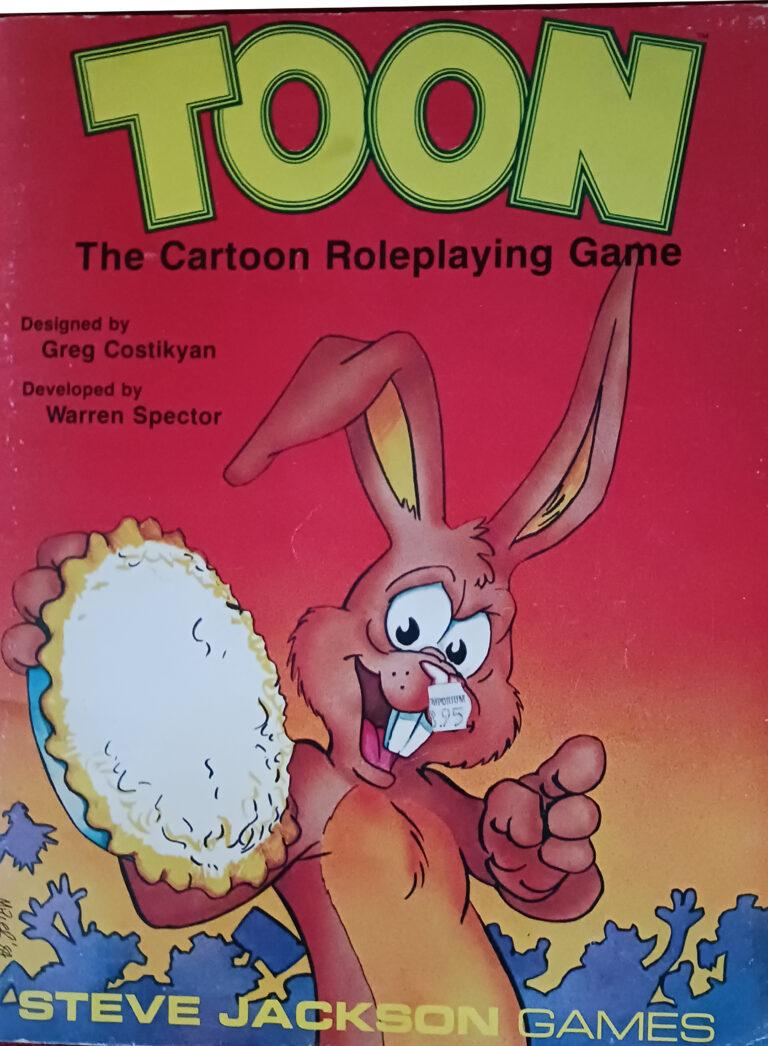By Jason Campbell
In many fantasy TTRPGs it can be difficult for the GM to challenge higher level player characters. Many standard monsters have spells common to wizards, but these may not make them powerful enough to be a strong challenge for the PCs. When creating or modifying monsters remember that you don’t have to conform to the rules that player characters do. The character creation rules keep PC abilities balanced as they advance levels, but they aren’t meant to limit the challenges those PCs encounter.

Different Magic
It’s easy to give monsters magic attacks by letting them cast known spells, but as a GM you aren’t limited to the spells listed in the rulebooks. You can modify spells or even create new ones. These magic abilities don’t have to function as spells either – they could be magic abilities the monsters have naturally. It’s a good idea to be cautious with this. If the PCs are making fights easy by constant use of spells like Counterspell then a powerful ability that’s not a spell gives the monster a big advantage. It’s a good idea to not overdo this, as the players have worked to build higher level spell casters, so making spells like Counterspell useless is taking away some player agency. It’s just something a GM needs to keep in mind.
Headless Gnolls? An Example
In my current 5e game there are five player characters, and they were all 14th level. As part of an epic fight to defend their home city I decided to create five dangerous monsters to fight them. I based the creatures on flinds (basically super gnolls). For a bit of flavor they had fiendish embellishments, and they were headless although they somehow had sight. These five creatures were mutated with dark magic in a single ceremony, so I wanted to emphasize their connection to each other. I gave the flinds the ability to teleport as a bonus action to within 30’ of any other flind without triggering an attack of opportunity. This was an ability, not a spell, so the PCs could not use Counterspell to stop the teleportation. The PCs (not knowing about the teleport ability) separated to fight the flinds one on one, but the flinds attacked their nearest opponent, then teleported to give another flind flanking advantage on its attack. The flinds had 3 headed flails with each head giving a different powerful effect. The PCs eventually won the fight, but 2 PCs went to zero hit points during the fight and they had to expend most of their power to do it.
Conclusion
The flind story is just one example of adding different abilities to create strong monsters. As a GM if you analyze what the PCs are best at you can add abilities to make them think outside of their typical strategies.
What do you think? Have you created any new abilities for monsters? Let us know in the comments below.




